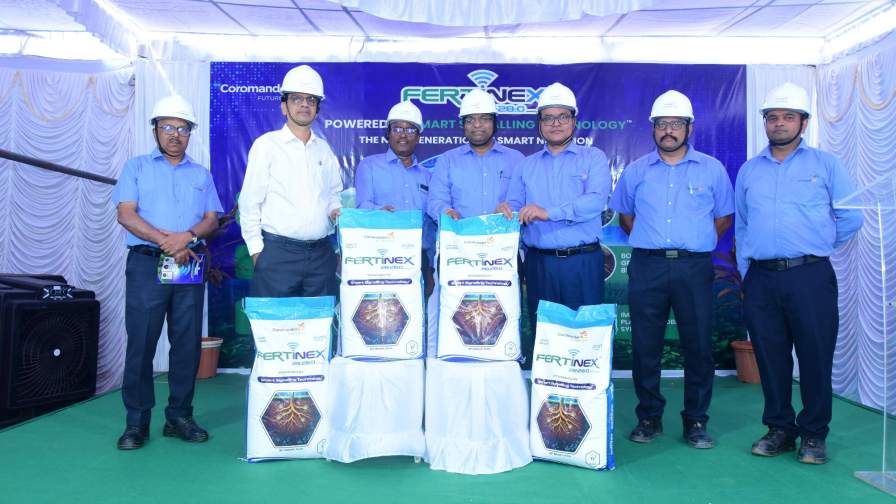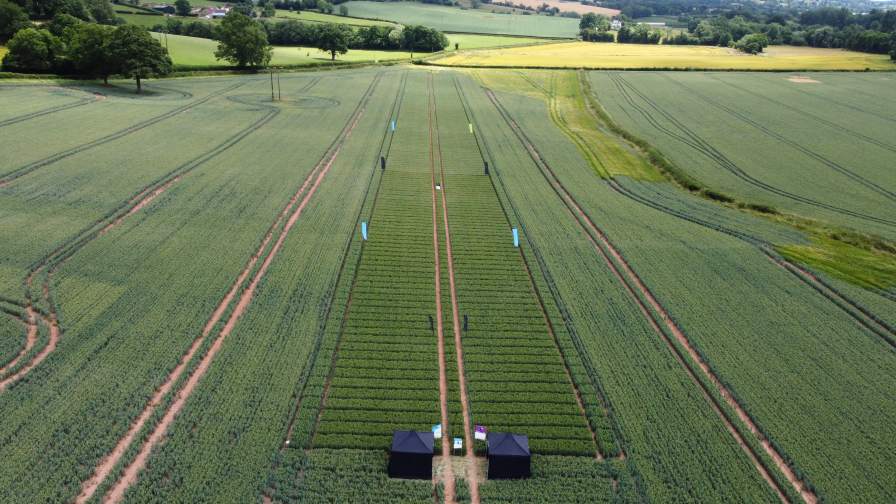农业科技播客:Tria Americas 的 Jim Beneke 探讨配方中的自适应人工智能
在本期农业科技讲座中 AgriBusiness Global,吉姆·贝内克,副总裁 特里亚美洲,讨论了自适应人工智能和边缘计算如何推动农业进步,特别是通过在有限连接下运行的自主机械和智能系统。
* 这是该播客经过编辑的部分文字记录。
ABG:人工智能和机器人技术正在重塑农业的诸多方面。您认为作物投入品制造商在产品开发、应用或交付方面有哪些具体机会可以利用自适应人工智能和人形机器人?
Jim Beneke: 自适应人工智能在农业领域拥有众多潜在应用——从建模和仿真到开发独特的作物配方和性状,无所不包。在 Tria,我们更专注于边缘人工智能和边缘计算,这些领域需要在连接受限或完全无连接的环境中进行实时处理。
这包括机器人技术、自主机械以及用于管理田间系统的智能辅助工具。虽然机器人技术尚处于早期阶段,但随着人工智能能力的提升,我们预计其将实现显著增长。随着时间的推移,智能设备与更大规模平台的集成将进一步加速其应用,并扩大人工智能在农业领域的优势。
ABG: 将人工智能和机器人技术融入农用设备和车辆的最大障碍是什么,特别是在大规模应用作物保护产品并接受监管审查时?
约翰: 人工智能无疑为农业带来了巨大的益处和广阔的前景,但它仍是一项不断发展的技术,面临着诸多关键挑战。Tria 通过提供嵌入式系统设计、集成和软件支持方面的专业知识,帮助原始设备制造商开发这些先进的机器和机器人技术。
一个主要障碍是成本——由于这些系统功能先进,通常需要更高的前期投资。此外,还需要配套的基础设施,尤其是网络连接,以确保可靠的数据收集和通信。
从人工智能的角度来看,准确性和可靠性至关重要。人工智能模型的有效性取决于用于训练它们的数据,因此开发高质量的数据集并训练这些模型需要大量的时间和专业知识。此外,这些系统严重依赖传感器,而传感器必须在各种环境条件下始终如一地运行——这在现场很难保证。






